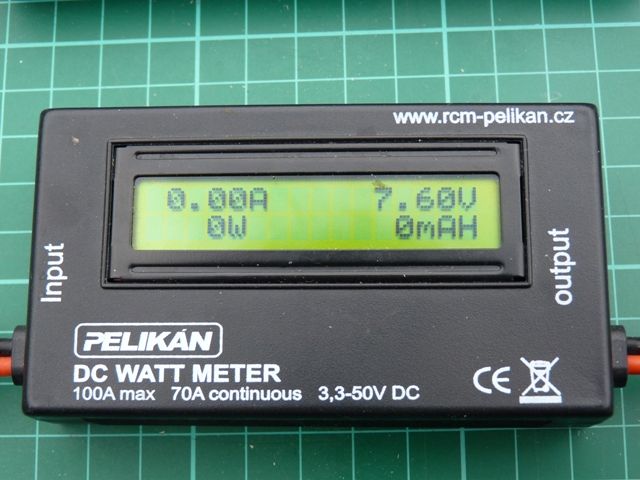Dear All
We have been having a lively discussion about voltage and amps which has been taking over a couple of threads so I thought it would be a good idea to start a special thread dedicated to the dark arts of electrics.
Like many people my understanding of electrics is limited to wiring a household plug or putting batteries into a remote control, in my case advanced electronics consists of wrapping wires around the spring connections on a big 6v torch battery to make a meccano motor work.
My first experience of the dark art happened when, as a youngster of 10 I connected my 6v torch battery to a large transformer that I had removed from an old TV………I woke up on the other side of the room having been launched with a loud bang and a cloud of blue smoke.
So lets start at the beginning with a basic explanation about Voltage and Current.
There are several measurements essential for understanding electricity, including current (or amps), voltage, and resistance. With respect to the first two of these, the basic difference between amps and volts is that amps (or amperes) are used to measure the number of electrons that are moving as electrical current past the point of measurement, while voltage measures the potential for electricity to flow. According to one basic physical formula, electrical power (measured in watts) is equal to current/amps multiplied by voltage.
VOLTAGE
Voltage, which is measured in volts (V), is a measurement of the propensity or potential for electricity to flow between two points. Formally, it describes the potential energy difference between two points which causes an electrical current to flow between them. One common measurement, for example, is to determine the voltage decrease across electrical components like resistors (resistance is a separate measurement, expressed in ohms). In a basic electrical system, voltage is created by a battery or other generator.
Voltage is measured by a device called a voltmeter, and expressed in volts (V). The level of voltage is not as important as the level of current in determining whether an electrical shock will be harmful to human beings. A person is susceptible to electric shock if the voltage is high enough to push an electric current through the human body (and with most modern power systems, it typically is).
CURRENT
Current, measured in amperes or amps (A), is in contrast a measurement of the rate at which the electricity is flowing through the circuit. In particular, current measures a flow of electrons across conductors. Conductors are materials, usually metals, which are capable of moving electrons rapidly between their atoms. The current then measures the rate at which these electrons move, whereas the voltage measures how likely they are to move. Current multiplied by resistance (another measurement) is equal to voltage.
Current is measured by a device called an ammeter, and measured in amps (A), although milliamps (mA) is also a common measurement for small electrical devices. In fact, 1 A is actually quite a large current. The average human being is capable of detecting any current over 1 milliamp through their skin, and any current over perhaps 10 mA is potentially dangerous to human beings. Several hundred milliamps puts a person at risk of ventricular fibrillation. By contrast, the average lightning bolt consists of the delivery of an electrical charge of roughly 30 thousand amps, or 30 kA, and some bolts can be several times that amount.
Paul






